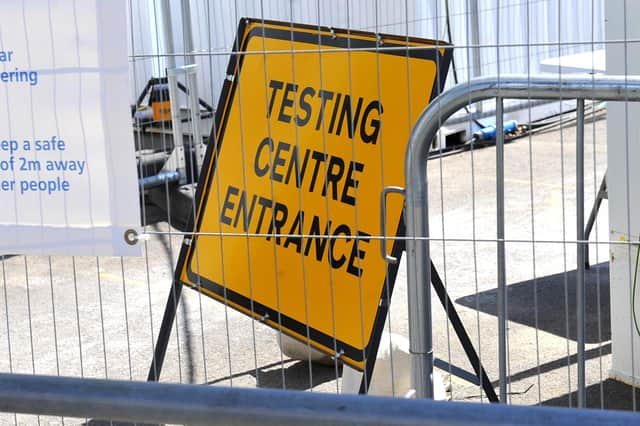The current BA.2 wave has seen case rates hit the second-highest level in the pandemic so far, after the Omicron wave of the past winter.
Across the UK, hospitalisations are at about half the numbers seen at their peak, in January, 2021, while the number of deaths is well below those seen before the vaccine rollout.
The lifting of many restrictions, waning effectiveness of boosters and the spread of the highly contagious BA.2 ‘stealth Omicron’ variant have all been touted as potential reasons for the current wave.
At neighbourhood level, Covid-19 case rates have been published by the government for the week to March 24 – here are the figures for all the town’s neighbourhoods.
But there is a caveat – changes in testing rules mean a number of positive cases might not have been reported.
Today, April 1, sees the rules change again: most people are now ineligible for free tests and those with Covid-19 are no longer legally required to self-isolate – although the government advises people to stay at home and avoid others for at least five days.
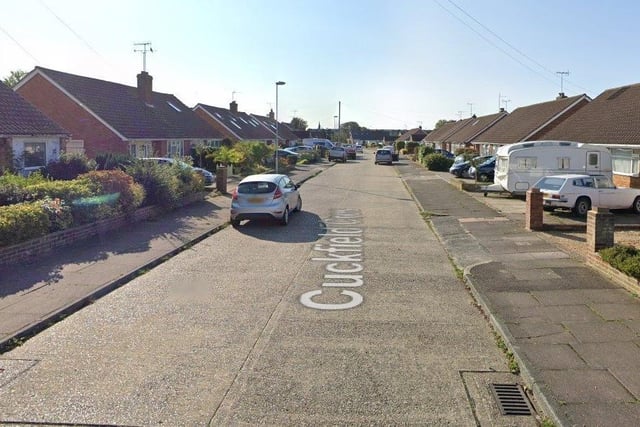
1. Salvington: 954.7 cases per 100,000 people
Salvington's infection rate fell by 36.7 per cent in the week to March 24 Photo: Google
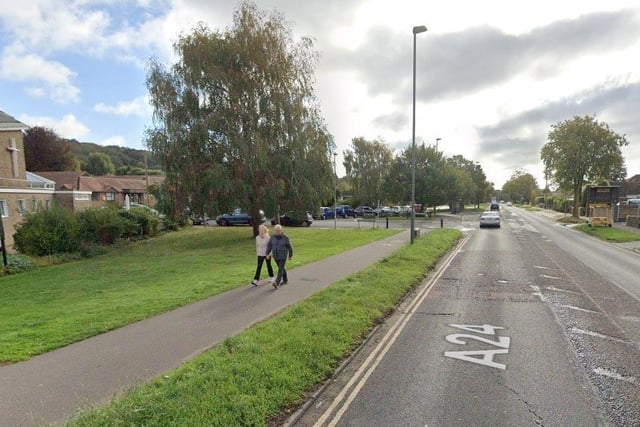
2. High Salvington and Findon Valley: 749.2 cases per 100,000 people
High Salvington and Findon Valley's infection rate fell by 26 per cent in the week to March 24 Photo: Google
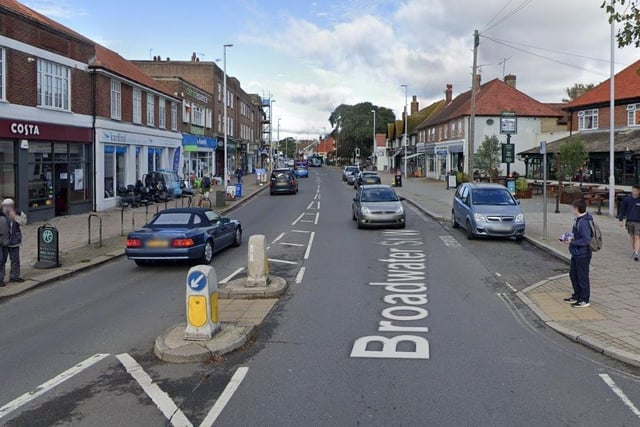
3. Broadwater South: 959 cases per 100,000 people
Broadwater South's infection rate fell by 19.1 per cent in the week to March 24 Photo: Google
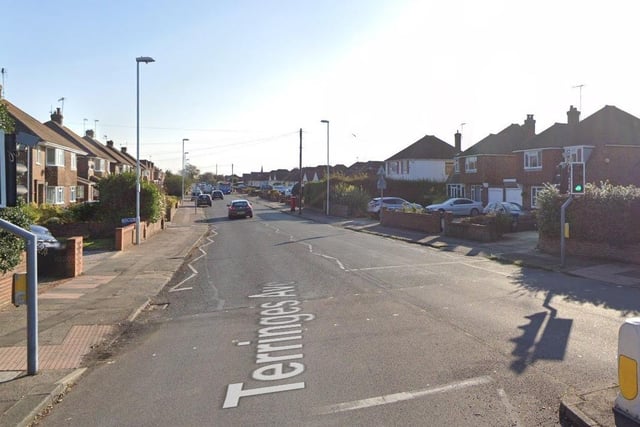
4. Durrington South: 1,220 cases per 100,000 people
Durrington South's infection rate fell by 14.9 per cent in the week to March 24 Photo: Google
